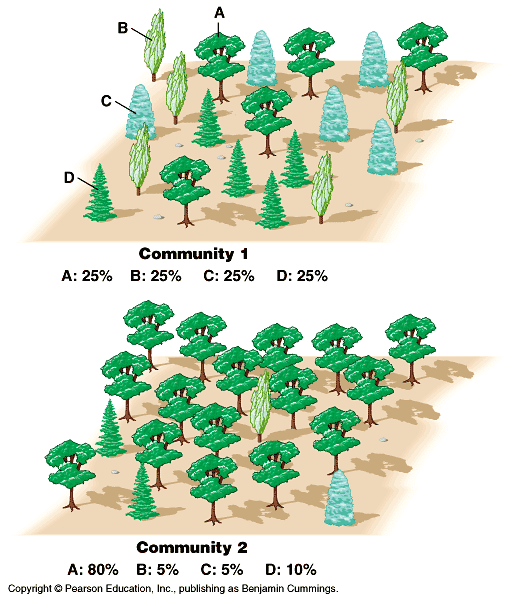What are types of biodiversity?
1 Answer
Generally speaking, there are three types of biodiversity: genetic, species, and ecosystem.
Explanation:
Generally speaking, there are three types of biodiversity: genetic, species, and ecosystem.
Genetic biodiversity refers to the amount of variation within a gene pool. Gene pools with greater diversity are typically able to withstand chance events and disturbances. For example, a population where every individual has the same chance of infection for a particular disease will experience greater loss than a population where some individuals have a high chance of infection and some have a low chance of infection. The diversity in genetics acts as a buffer.
Species diversity refers to species richness and how evenly species' abundance is distributed. A community with twenty different species is more diverse than a community with only six species. A community with ten species but the majority of individuals in that community are of one specific species does not have an even distribution of species abundance. A community with ten different species and each species has the same number of individuals has a more equal spread of species abundance.
In the image below, community 1 has a higher species diversity than community 2.

Lastly, there is ecosystem diversity. This term is used to describe the variation of ecosystems within a certain location. For example, an area with six different ecosystems has greater ecosystem diversity than an area with two. Antarctica has low ecosystem diversity and South America has a much higher ecosystem diversity.

